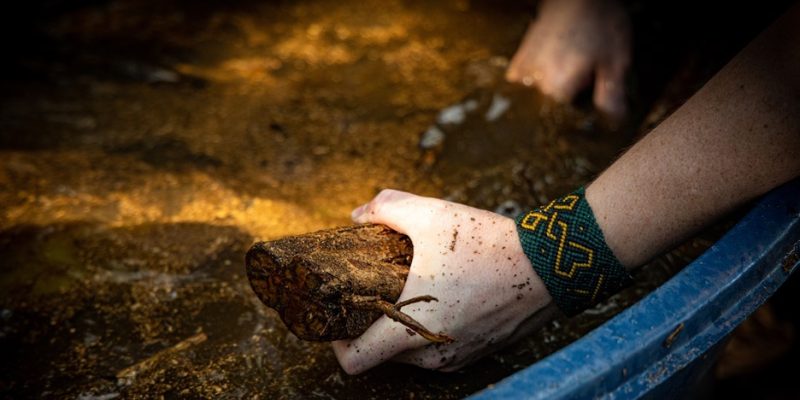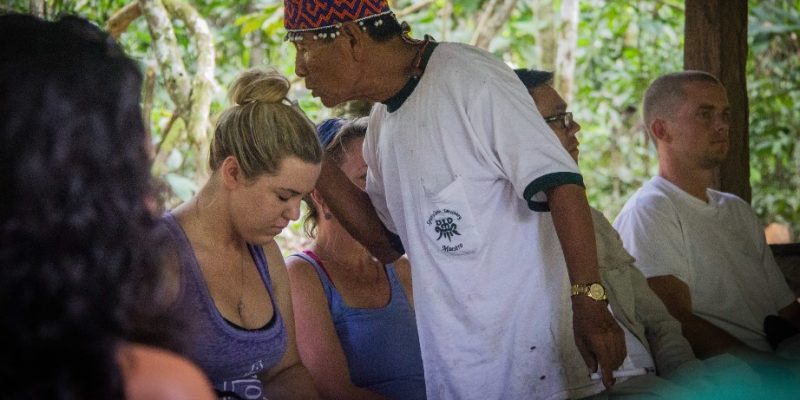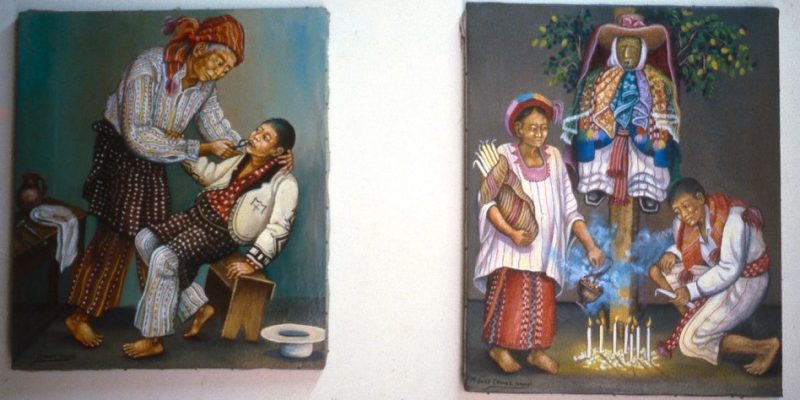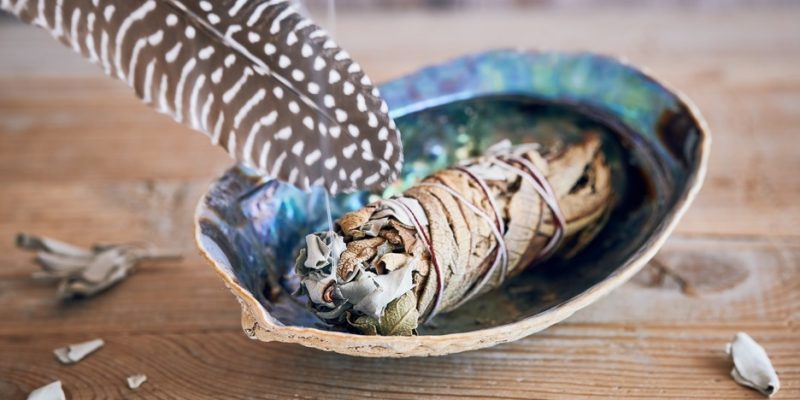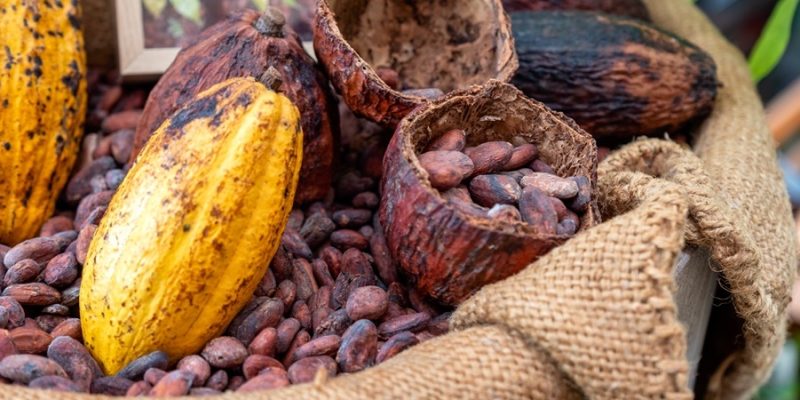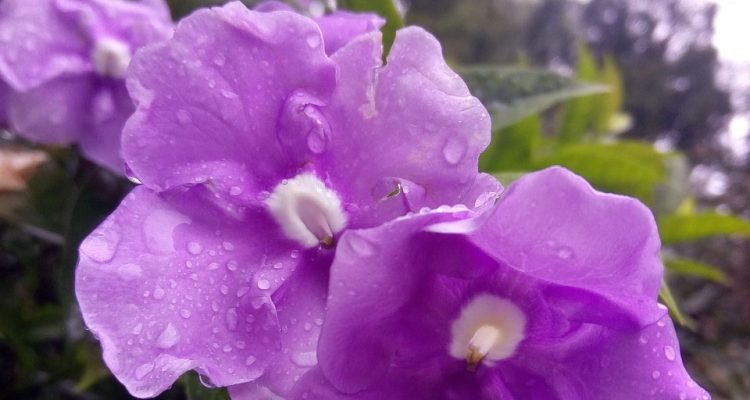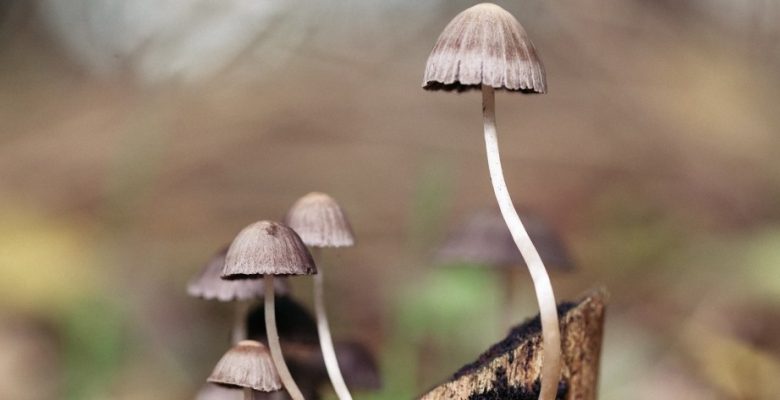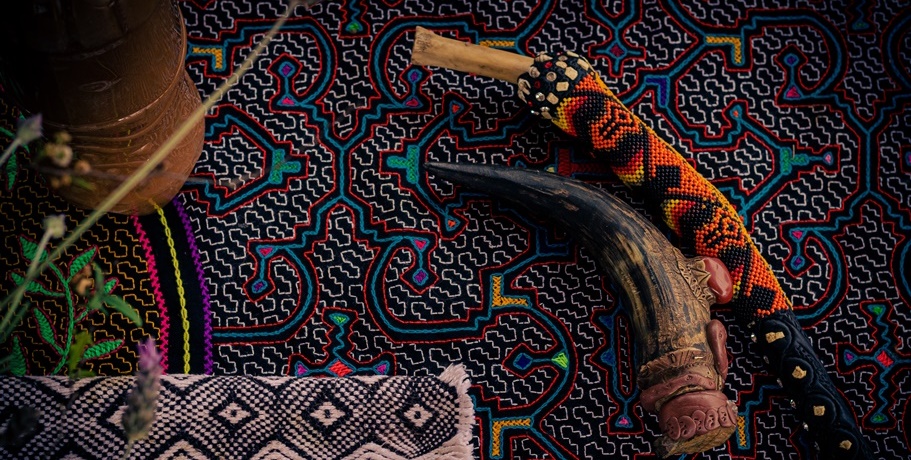
Traditional Rapé snuff is a preparation made from either the leaves of the common tobacco plant (Nicotiana tabacum) or from Mapacho tobacco (Nicotiana rustica), the latter creating a more powerful application. The word Rapé comes from the French râpé, which means “grated.”
Apart from its base of either common tobacco or Mapacho, Rapé consists of several additional grounded or burned plant ingredients, such as cinnamon, clover, lourinho, banana peel, coca leaves, and/or mint, among others. The exact recipes vary, and depend on the Shaman and tribe preparing it.
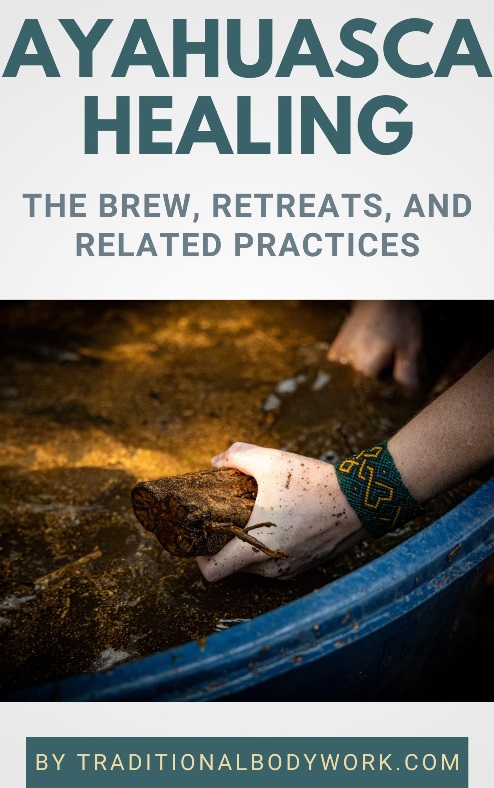
Traditionally, the fine dried Rapé powder is ingested nasally by blowing or inhaling it into each of the nostrils of the nose through a ceremonial pipe made of bone, bamboo, or other materials, usually accompanied with a prayer, intention, or blessing.
After taking Rapé, one may experience some side effects, such as coughing, tears, vomiting, sweating, and diarrhea. However, in the traditional medicinal context of the Amazonian peoples this is seen as a form of beneficial purging.
In fact, by the indigenous cultures of the Americas, Rapé is considered both sacred and medicinal, used in healing rituals to cleanse and purify locations and/or individuals of negative energies. Like is the case with pure Mapacho smoke, it’s often used in conjunction with Kambo, Sananga, or Ayahuasca ceremonies to increase their potency and healing benefits.
Apart from energetic cleansing and/or protective purposes, it’s also thought that Rapé liberates sinuses of mucus and bacteria, helps fight allergies, headaches, colds and respiratory ailments, opens the heart energetically, relieves from anxiety and depression, strengthens the immune system, and promotes a calming effect on the mind and emotions.






